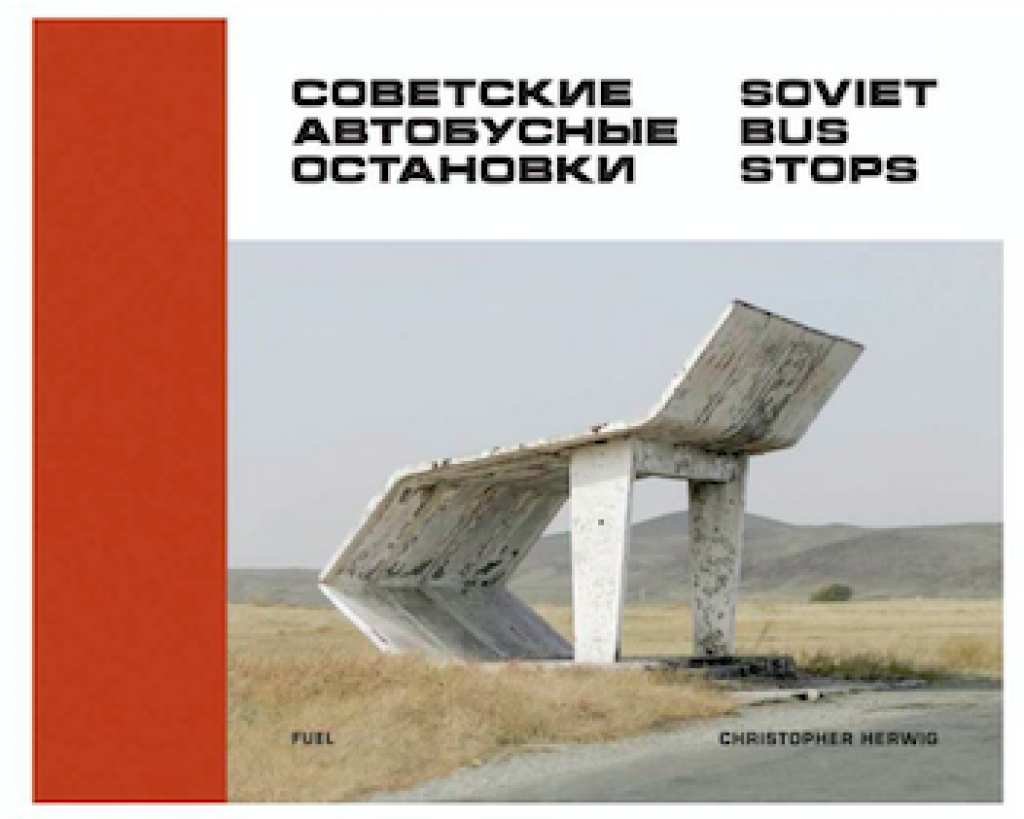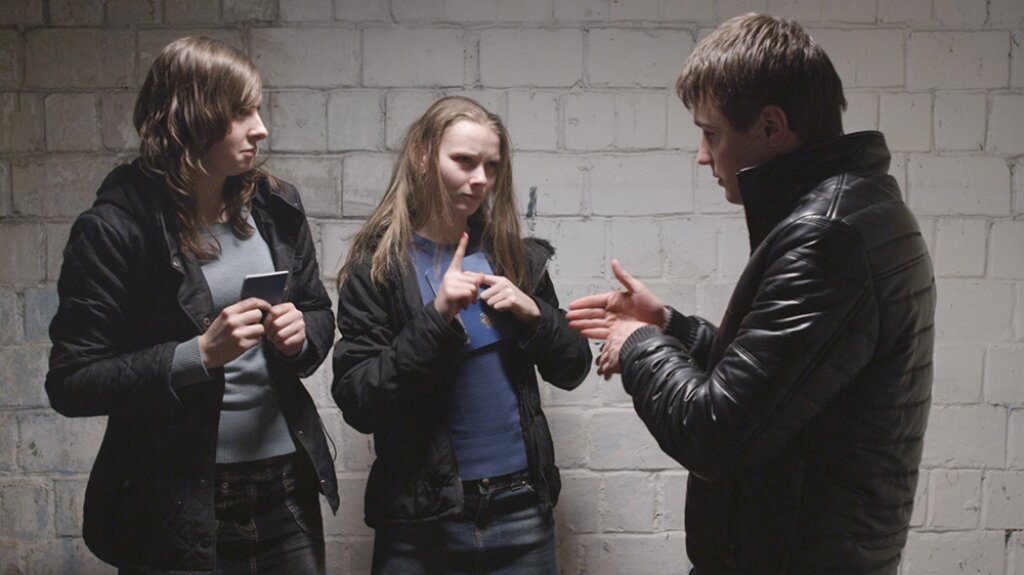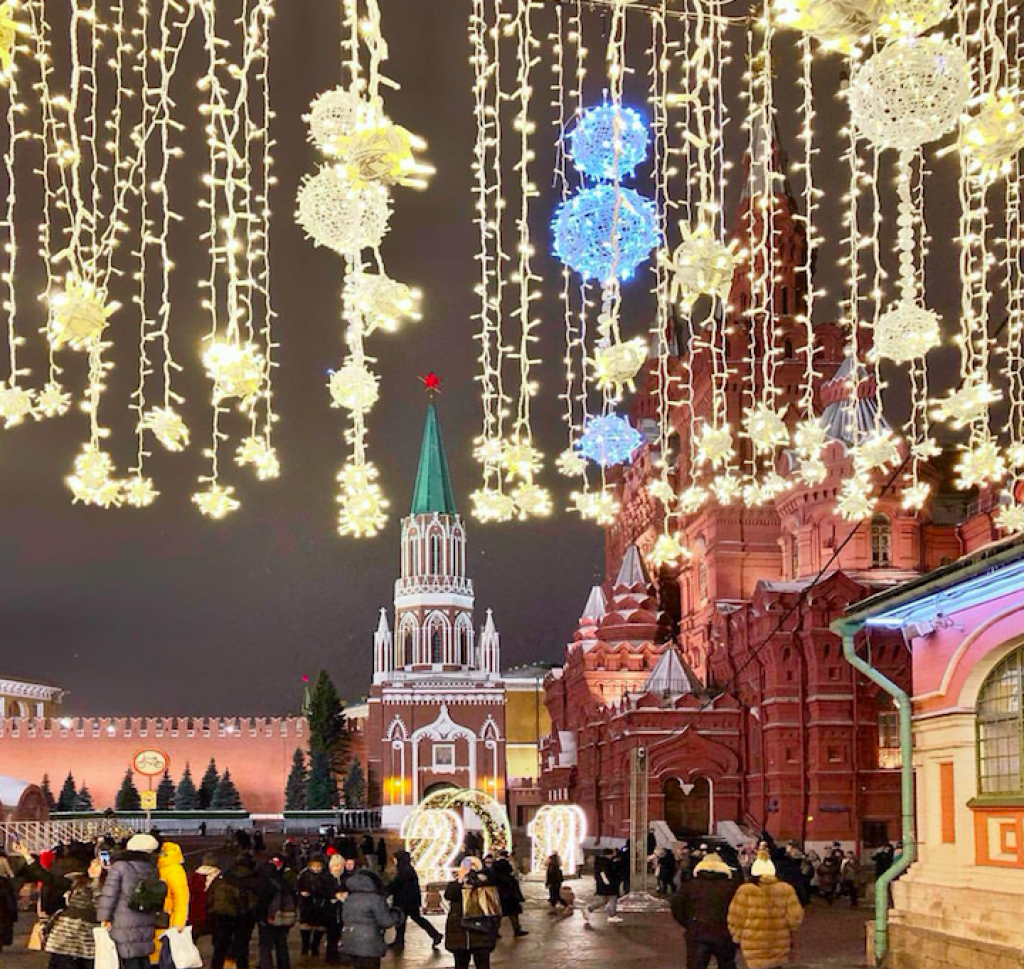Cassio de Oliveira is an Assistant Professor of Russian at Portland State University.
When we think of the excesses of Stalinist (and more generally Soviet) architecture, the two main examples that come to mind are the “Gothic” skyscrapers dotting the Moscow skyline, and the lavish stations of the Moscow metro. (Not coincidentally, Stalinist skyscrapers and metro systems became the prime architectural commodity exported to friendly nations and former Soviet republics.) Covering the two polar opposites on the vertical axis of Soviet space, the skyscraper and the underground embody the superhuman strivings of Socialist Realism. Canadian photographer Christopher Herwig’s Soviet Bus Stops, published by Fuel in two volumes in 2015 and 2017, explores what lies, literally and metaphorically, between those two extremes: the humble bus stop.
Unlike intercity trains, underground rail, or air transportation (or yet individualistic cars), buses and trolleybuses are neither sexy nor glamorous, yet road public transportation networks are comparatively cheap to set up. For that reason, buses formed the backbone of commuter transit in most cities of the former USSR, except for the lucky few which had their own subway systems. Regional and long-distance buses also took care of transportation needs in rural areas devoid of trains or where plane service would be prohibitively expensive.
While the metro stations worming through Moscow’s entrails were “palaces for the people” (as Alexey Dushkin, the architect of such iconic exemplars as Kropotkinskaya, described them), the bus stops we find in Herwig’s books are sorely lacking in luxury as well as dimensions to be called palaces. An appropriate metaphor might be “gazebos for the people”: partially sheltered outdoor spaces, somewhat improvised civic centers, where Soviet citizens would take in the scenery—invariably Soviet, notwithstanding the diversity of landscapes—and wait.
In Herwig’s photos, these stops blend in and interact with the environment in a way that seems at once intentional and strangely spontaneous. The photos are not so much of stops as of spaces—most of them wide open, desolate, and empty—drawn together by the presence of a road and of public transportation. The road, mind you, might not even appear within the frame, but we know it is there—or was there someday. The emphasis here is not on the road, but on the public character of transportation: highways and streets were virtually the only place in the Soviet Union where public transit—buses, trams, trolleybuses—interacted with private motorized means of transportation (i.e. automobiles). The bus stops, derelict and useless as they may appear through Herwig’s lens, stand as eerily lonely memorials to such a collectivist impetus.
The photographs focus disproportionately on the peripheries of the empire; Volume I skips Russia altogether, covering every other former Soviet republic except for Azerbaijan. The Russia that Volume II presents to the reader (along with Ukraine, Georgia, and Russia-occupied Crimea) is also distant, figuratively when not literally, from the center of it all. Even when a stop is in a large city or capital such as Omsk, Novosibirsk, Kiev, or Astana, it seems to be located on the outskirts of the city, as if to remind us that, no matter how remote from political power this place might be (a snowy mountain pass, a seaside resort, a farm, the steppe), there was still a government, somewhere in the Union, intent on establishing infrastructure there.
As Soviet infrastructure projects went, we find out from the introductory essays in both volumes that bus stops were a low-profile task, with their design—and hands-on construction—often delegated to architecture students as their senior theses. Moscow or republican governments suggested designs and established standards, but local architects had some leeway to develop their own designs or modify those imposed from above. Some of them used local materials, others created mosaics depicting astronauts or pictorial depictions of life in that specific corner of the Union, and others yet created designs fully evocative of “indigenous” architecture.
A curious example of the latter is the bus stops in Semey (formerly Semipalatinsk), Kazakhstan, and Kochkor, Kyrgyzstan (on opposite pages in Vol. I), which resemble nomadic yurts. The urge to evoke the local heritage becomes an extended metaphor of bus riders as modern-day Silk Road tribespeople. There is very little “Soviet” in such bus stops (or in the bus stop in Rostovanovskoye, Russia, in Vol. II, with a monstrous sculpture of St. George slaying the dragon on the roof of a shed painted in the Russian tricolor), except in their very existence in the middle of the steppe. Infrastructure becomes ideology.
The question of the “Soviet-ness” of these stops evokes a broader question about the very existence of these books. In Landscapes of Communism and elsewhere, the British writer Owen Hatherley criticizes what he calls Totally Awesome Ruined Soviet Architecture Books, which display ruins or abandoned buildings from the socialist era devoid of context or commentary. Hatherley’s point (and Agata Pyzik’s, whom he credits with calling his attention to the phenomenon) is that such ruins, no matter how interesting they may be visually, are actually few and rare between in the Eastern Bloc—most architectural constructions from the communist era that are still standing are also, still, in use.
I found myself often thinking about Hatherley’s and Pyzik’s criticism of these books as I read Soviet Bus Stops. (Hatherley also provides an informative introductory essay to Vol. II of Herwig’s photographs). These bus stops may be “totally awesome,” but they are certainly not all ruins: in some of the photos, we see people waiting for buses, and in others we see clear signs of updates and human activity—posters for a traveling circus, the ubiquitous flyers for services with bold all-caps text on white paper, or the bus stop in Yalta, Crimea, painted in the colors of the Russian flag (clearly a post-2014 renovation). Yet I couldn’t help shaking the feeling that the photos wanted me to think that these are ruins. This may be because of the framing, which often ends up decontextualizing the stop from its broader surroundings beyond the non-descript landscapes. It may also be due to the emptiness of the space itself: after all, the stops that have been preserved are those in locations least likely to have been caught up in the wave of demolition and reconstruction following the Soviet collapse and capitalist “modernization.”
As a result, these bus stops are not as distant from the Moscow subway as we might assume, which also means that the best way to look at Herwig’s photos is to compare them, not to Ruined Soviet Architecture, but to a Moscow subway photobook, with all the marble, granite, and glamour that it displays. Hatherley argues in Landscapes of Communism that “the Soviet economies’ very success in the creation of public transport infrastructure may be an indication of their failure elsewhere” (251); foremost among such displays of success remains the metro—undemolished, not-ruined, and, in Moscow, St. Petersburg, and elsewhere, still expanding. Herwig’s books make the curious case that we should add bus stops to the mix.



